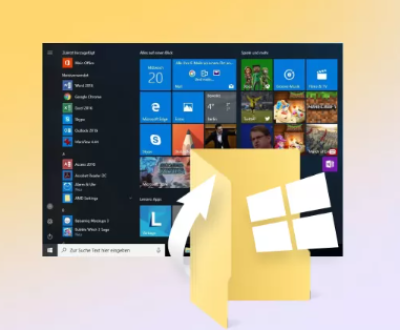Disk errors in Windows 10 can cause performance issues, data loss, and system instability. Identifying and fixing these errors promptly is essential for maintaining the health of your computer.
Disk errors are typically caused by corrupted files, bad sectors on the hard drive, or physical damage. These errors can manifest in several ways:
Slow performance
Frequent crashes or Blue Screen of Death (BSOD)
Files becoming inaccessible or missing

Unresponsive system
Error messages like “Repairing disk errors. This might take an hour.”
Common Causes of Disk Errors
Improper shutdowns: Power failures or force shutdowns can corrupt file systems.
Bad sectors: Physical damage or wear on the hard drive can cause unreadable sectors.
File system corruption: Software glitches, malware, or power loss during writes can damage files.
Hardware failure: Aging drives or faulty cables can result in disk errors.
Methods to Repair Disk Errors in Windows 10
1. Using CHKDSK (Check Disk) Utility
CHKDSK is a built-in Windows utility to check and repair disk errors.
Step 1: Run CHKDSK from File Explorer
Open File Explorer (Win + E).
Right-click the drive you want to check and select Properties.
Go to the Tools tab and click Check.
Follow the prompts to scan and repair the drive.
Step 2: Run CHKDSK from Command Prompt
Type cmd in the search bar, right-click Command Prompt, and choose Run as administrator.
Enter the following command:
chkdsk C: /f /r /x
/f fixes errors
/r locates bad sectors and recovers readable data
/x dismounts the drive
Press Y if prompted to schedule a scan on the next restart.
Restart your computer to begin the repair process.
2. Use the Windows Error Checking Tool
Open File Explorer and right-click on the affected drive.
Select Properties > Tools tab.
Click Check under the Error-checking section.
Allow Windows to scan and repair the disk.
3. Run System File Checker (SFC) and DISM
The SFC and DISM tools fix corrupted system files and images.
Step 1: Run SFC
Open Command Prompt as an administrator.
Enter the following command:
sfc /scannow
Wait for the scan to complete and follow any repair prompts.
Step 2: Run DISM If SFC fails, use DISM to restore system health:
In Command Prompt, type:
DISM /Online /Cleanup-Image /RestoreHealth
Wait for the process to complete and restart your PC.
4. Check for Hard Drive Issues with SMART
SMART (Self-Monitoring, Analysis, and Reporting Technology) helps assess the physical health of your drive.
Open Command Prompt as an administrator.
Run the following command:
wmic diskdrive get status
If the status shows OK, your drive is healthy. Any other message suggests potential failure.
5. Use Windows Recovery Environment (WinRE)
If your system cannot boot properly, you can access WinRE to repair disk errors.
Step 1: Enter WinRE
Restart your PC and press F8 or Shift + Restart during boot.
Select Advanced options > Command Prompt.
Step 2: Run CHKDSK in WinRE
Type:
chkdsk C: /f /r
Restart your system after the scan completes.
6. Perform a System Restore
If errors persist, restoring your system to a previous working state can resolve disk issues.
Search for Create a restore point in the Start menu.
Select System Restore and choose a restore point before the errors occurred.
Follow on-screen instructions to complete the process.
7. Use Third-Party Disk Repair Software
If built-in tools do not resolve the issue, specialized disk repair software can help. Tools like EaseUS Partition Master, AOMEI Partition Assistant, or MiniTool Partition Wizard offer advanced diagnostics and repair functions.
8. Check and Replace Faulty Hardware
If disk errors continue, inspect physical hardware:
Ensure cables and ports are properly connected.
Use another machine to test the drive.
Consider replacing the drive if SMART status indicates failure.
Preventing Future Disk Errors
Regular Backups: Use Windows Backup or cloud services to protect critical data.
Proper Shutdowns: Always shut down your system correctly to avoid corruption.
Disk Maintenance: Regularly run CHKDSK and defragmentation (for HDDs only).
Hardware Care: Keep your PC in a cool, dust-free environment.
About us and this blog
Panda Assistant is built on the latest data recovery algorithms, ensuring that no file is too damaged, too lost, or too corrupted to be recovered.
Request a free quote
We believe that data recovery shouldn’t be a daunting task. That’s why we’ve designed Panda Assistant to be as easy to use as it is powerful. With a few clicks, you can initiate a scan, preview recoverable files, and restore your data all within a matter of minutes.
Subscribe to our newsletter!
More from our blog
See all postsRecent Posts
- How to restore deleted images 2025-06-30
- How to restore a deleted file on windows 2025-06-30
- is there any way to restore deleted photos 2025-06-30

 Try lt Free
Try lt Free Recovery success rate of up to
Recovery success rate of up to









